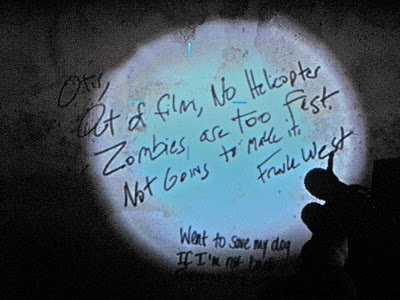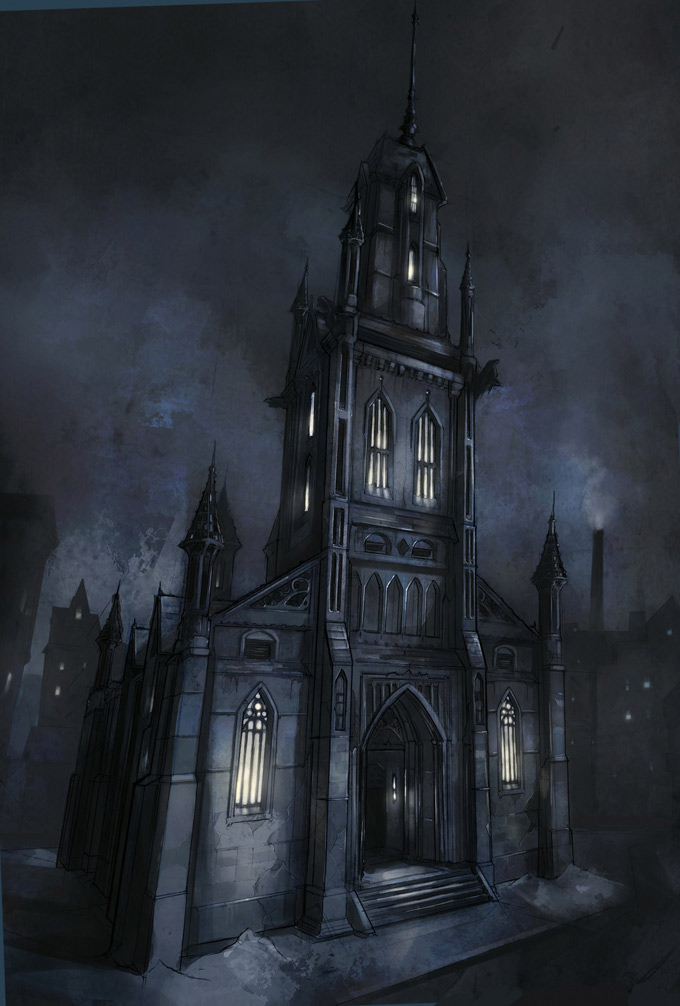 | ||
| http://images2.wikia.nocookie.net/__cb20100422190610/left4dead/images/e/e9/FrankWestThePassing.JPG |
These scribblings on the wall are a reference to the Capcom title Dead Rising (2006), another zombie apocalypse-themed game highlighting two central characters Frank West - a bold photojournalist investigating the government activity surrounding the outbreak stricken Colorado town of Willamette, and Otis - the janitor whom informs you of other survivors and various findings on the security cameras via radio contact. The text reads, 'Otis, Out of film, No Helicopter. Zombies are too fast. Not Going to make it. Frank West.'
 |
| http://images1.wikia.nocookie.net/__cb20081124141238/left4dead/images/thumb/7/7f/Exodus915.jpg/632px-Exodus915.jpg |
A bible verse marked on the wall in order to highlight as well as link the religious perspective with the zombie outbreak of the storyline which reads, 'For by now I could have stretched out my hand and struck you and your
people with a plague that would have wiped you off the earth.'
 |
| Print screen and cropped from: http://www.youtube.com/watch?v=mGFhyIW2gQE |
The text directly in the light of the players flash-light reads, 'John I'm safe I got out and I am travelling with good people. They are
immune too we are going to find a super market and fortify it. We will
hide until the army comes. I love you. XOXO Sharon'
This could be a possible reference to Stephen King's book The Mist (1980) in which a number of survivors are lost in a never ending mist-like fog covering everything around them, leading them to find shelter in the local supermarket to try and remain hidden from the various creatures/monsters that appear out of the never ending cloud.
What relevance does this research serve towards the development of my project and horror?
The relevance of this research is to understand the importance of smaller details in environments and how this can be used to provoke human reactions. The relevance this has to horror is understanding that the addition of smaller details creates a greater sense of realism to the environment and therefore, a more effective horror atmosphere. When developing my 3D environment this will help me focus more time and attention on smaller details to ensure more realism and a greater horror driven atmosphere.










